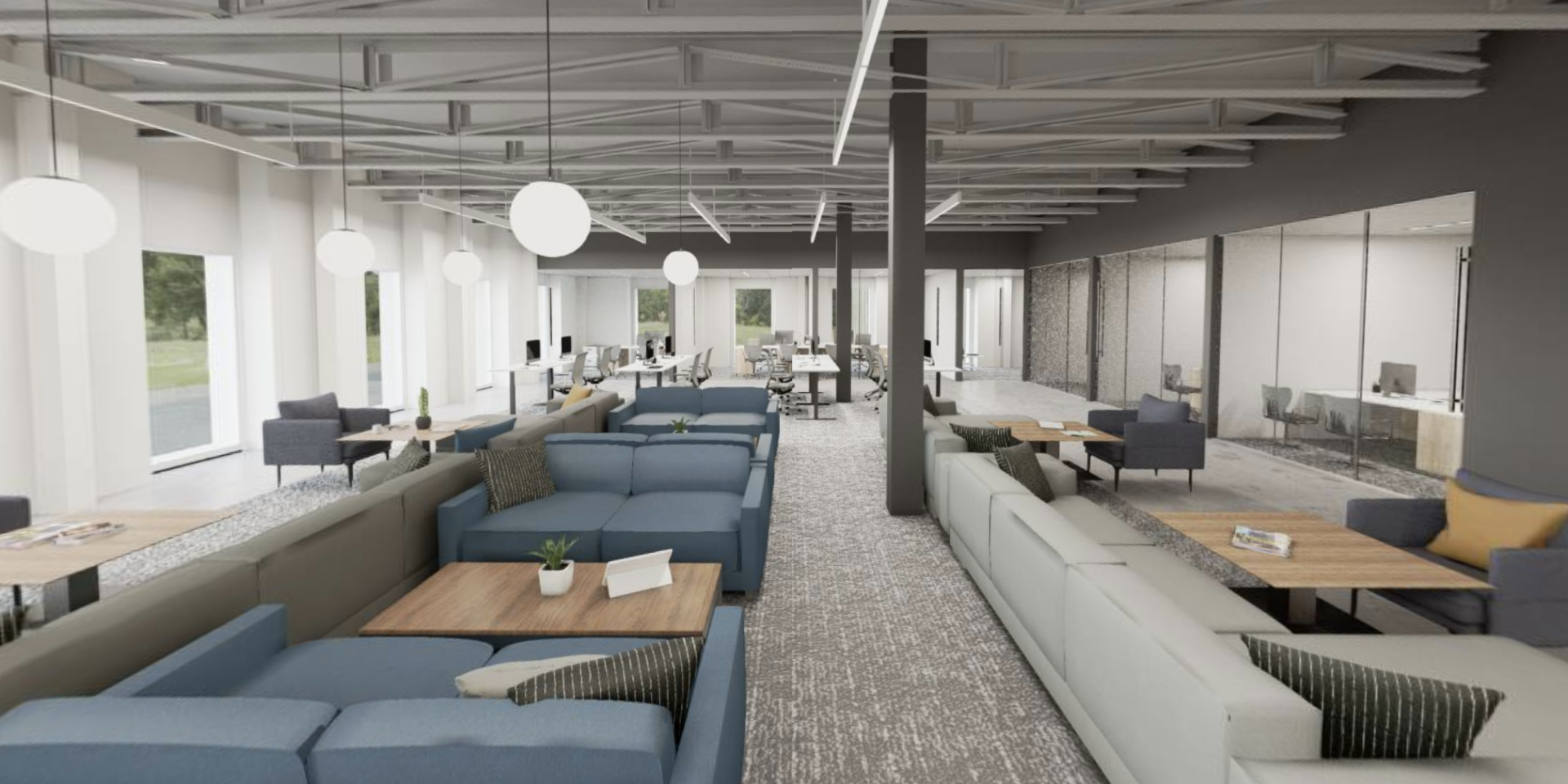Bringing Your Home Design : The Magic Of Home Design 3d Rendering
In today’s digital age, technology has transformed the way we conceptualize and visualize home designs. One such innovation that has significantly impacted the architectural and interior design industry is 3D rendering. Home design 3d rendering technology has revolutionized the process of home design, offering unparalleled advantages in bringing visions to life, aiding in better decision-making, and providing realistic representations of spaces before they are constructed.
1.Understanding 3D Rendering in Home Design
- What is 3D Rendering?
Home design 3d rendering is the process of creating a three-dimensional representation of a design using specialized software. It allows designers, architects, and homeowners to visualize and explore spaces in a highly realistic manner. By leveraging this technology, intricate details of a design can be brought to life, including textures, lighting, colors, and spatial arrangements.
- The Impact on Home Design
The integration of home design 3d rendering has been transformative. It enables stakeholders to visualize the end product before the actual construction begins. This technology empowers homeowners to make informed decisions about design elements, from furniture placement to wall colors, ensuring that the final result aligns with their vision.
- Advantages of 3D Rendering in Home Design
2. Realism and Visualization
One of the most significant benefits of home design 3d rendering is its ability to create highly realistic representations. These visualizations provide an accurate portrayal of what the finished space will look like. Whether it’s the living room, kitchen, bedroom, or the entire house, the level of detail and accuracy in 3D renders assists in better understanding the spatial layout and the design aesthetics.
3. Design Flexibility and Iteration
3D rendering allows for easy modification and experimentation with designs especially in 3d home architecture. Changes can be made swiftly, offering a level of flexibility that traditional sketches or 2D drawings cannot provide. This flexibility enables homeowners to explore various design options and iterations before finalizing the plan.
4. Effective Communication and Collaboration
For architects, designers, and homeowners, communicating design ideas can sometimes be challenging. Home rendering bridges this gap by providing a common ground for all parties to understand and discuss the design. It enhances communication and collaboration, ensuring everyone involved is on the same page regarding the final design.
5. Cost and Time Efficiency
By visualizing the design in 3D before construction commences, potential design flaws can be identified and rectified early in the process. This minimizes the chances of costly changes during or after construction. Consequently, 3d home rendering contributes to saving both time and money in the overall home design process.
6. The Process of 3D Rendering in Home Design
- Initial Conceptualization
The process begins with the collection of design ideas, preferences, and requirements from the homeowner or client. This information is used to create the initial concept.
- Modeling and Texturing
After the initial concept is approved, 3D models are created and textured to represent the space accurately. Texturing involves adding materials and details to surfaces, such as walls, floors, and furniture.
- Lighting and Rendering
Lighting plays a crucial role in creating realistic renders. The placement of lights, natural light sources, and artificial lighting fixtures is simulated to achieve the desired ambiance and visual effect. Once the scene is set, the software renders the final images or animations.
- Presentation to the Client
The final rendered images or walkthroughs with the help of 3d exterior home design are presented to the client for review and approval. This stage allows for feedback and necessary modifications before moving forward with the actual construction or further design development.
Conclusion
The integration of 3D rendering and 3d exterior house design in home design has revolutionized the way we envision and create living spaces. It offers an unprecedented level of detail, realism, and flexibility, empowering homeowners to actively participate in the design process.
From conception to realization, 3D rendering from Outer Realm streamlines the design journey, making it more efficient and cost-effective while ensuring the end result aligns with the homeowner’s vision.
In an age where visual representation is key, home design 3d rendering stands as an invaluable tool, enriching the home design experience and pushing the boundaries of creativity and innovation in architectural and interior design practices.

